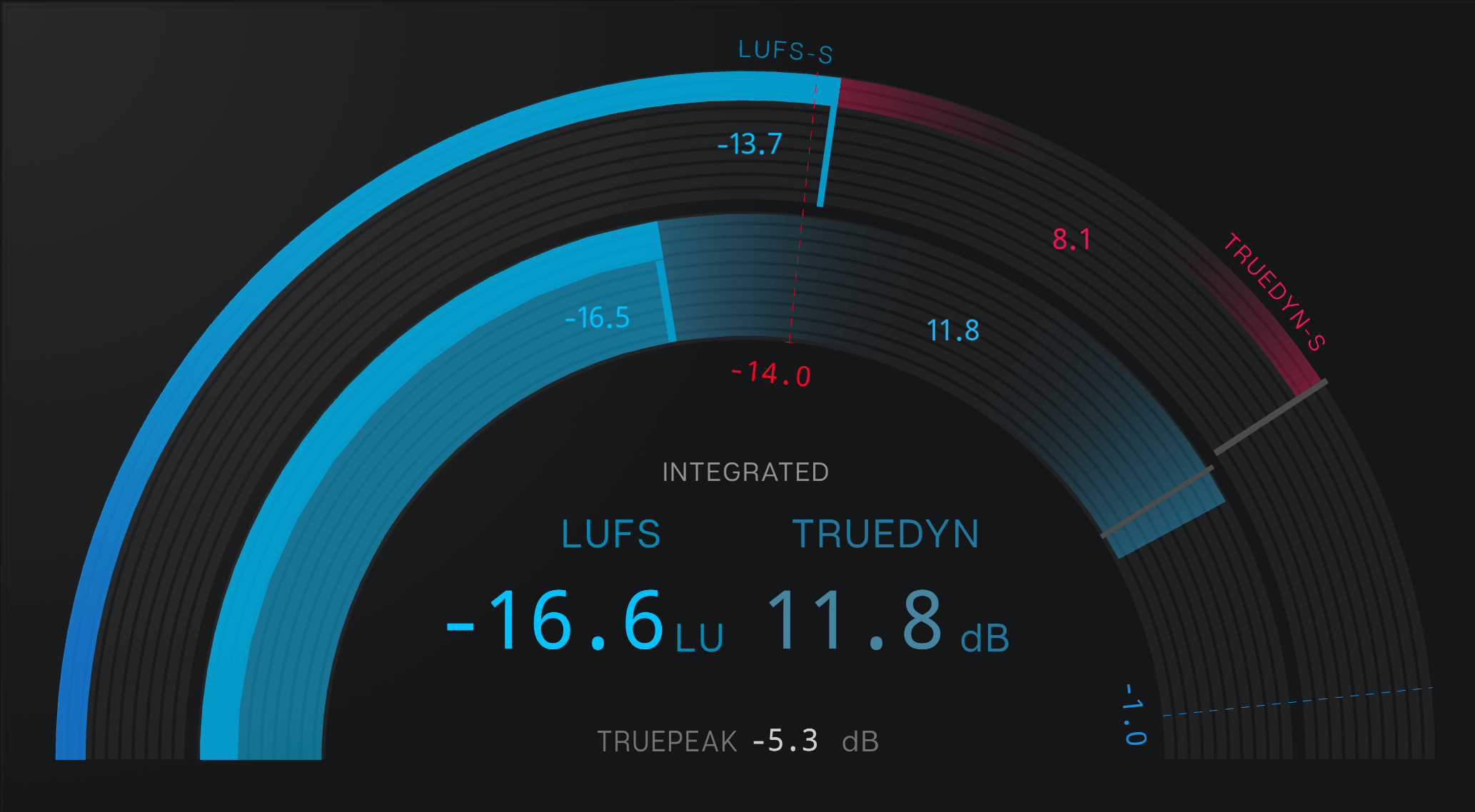7 LUFS Techniques to Take Your Audio to the Next Level
Ready to amplify the quality of your audio tracks? Diving into LUFS (Loudness Units Full Scale) can be a game-changer for anyone serious about audio production. Let's explore some expert techniques to refine your sound and ensure it's polished and professional.
1. Understanding the Basics of LUFS
Before delving into techniques, it's essential to understand what LUFS are and why they are crucial in audio production. LUFS measures perceived loudness, providing a standardized way to compare audio levels across different platforms. This understanding empowers you to significantly impact the quality of your final product. As digital platforms each have specific loudness criteria, aligning your mix with these standards can prevent unwanted distortion or clipping. It ensures your work sounds as intended whether someone is listening on headphones, a car stereo, or professional speakers.
LUFS stands out compared to other loudness measurement standards. While decibels remain a key metric for the technical aspect of sound, they fall short of representing how humans perceive loudness. That's where LUFS shines, aligning closely with human audio perception. Therefore, to master your audio mixing art, understanding LUFS helps you create content that deeply resonates with listeners, ensuring your audio stands robust against dynamic algorithm changes across platforms. This insight allows you to craft audio that not only sounds good but also connects with listeners on any platform.
2. Optimal Loudness Levels for Different Platforms
Each platform has its loudness standards—know them to ensure your audio sounds just right, whether for streaming, radio, or other mediums. Platforms like Spotify and YouTube have specific LUFS recommendations for maintaining consistent audio levels. Spotify recommends a LUFS level around -14, while YouTube often advises maintaining around -13 LUFS. Ignoring these standards might result in the platform changing your carefully crafted mix post-upload, leading to unpredictable results.
Adapting to these settings ensures listeners have a consistent experience, irrespective of where they consume your content. This consistency is crucial in maintaining professional sound quality and listener satisfaction. By tailoring your mix to meet platform-specific requirements, you can ensure your audio achieves its full potential. What's more, these optimized mixes will enhance the listening experience and mitigate the need for further post-upload adjustments, preserving your artistic intent. Starsound Studios does not allow the platform to alter our submission because we master for its standard perfectly.
3. Utilizing Metering Tools Effectively
Using LUFS meters correctly can help you monitor loudness levels in real-time, allowing for dynamic adjustments that yield professional results. LUFS metering tools, such as those provided by Process Audio, have become essential in monitoring how tweaks in the mix affect its overall loudness. They provide critical insight into not just the instantaneous loudness levels but also the overall integrated loudness of the track. Harnessing these tools ensures that your tracks aren't subject to unwanted volume shifts post-production.
Effective use of these meters lets you proactively manage and calibrate your audio to the required loudness standards across various platforms. Our Mastering process meets social platform standards. Real-time feedback from these tools can guide decisions in EQ, compression, and limiting, preventing issues before they occur. By familiarizing yourself with such meters, adjusting your approach based on their readings becomes second nature, ultimately refining your audio output. This refinement lets you keep your production process fluid and responsive, ensuring a compelling and balanced final product.
4. Incorporating Compression and Limiting
Compression and limiting are key techniques in managing LUFS. They help maintain balance and prevent unintentional dips or spikes in loudness. Compression controls the dynamic range of your audio, ensuring that softer sounds remain audible over louder parts. This makes for a well-balanced mix across all listening environments. It's a technique that requires finesse, as over-compression can lead to a lifeless sound.
Limiting caps the peak levels of audio, protecting your mix from distortions. Its brilliance is in its ability to allow for increased loudness without compromising audio integrity. With the right approach, mastering the delicate balance between compression and limiting can bring a polished, lively, and dynamically balanced final product. This approach enhances clarity and ensures optimal delivery of your artistic intent on any platform.
5. The Role of EQ in LUFS Optimization
Equalization can affect perceived loudness, making it a crucial component in your LUFS strategy. Discover how tweaking frequencies can result in a fuller and more powerful sound. The art of EQ lies in its ability to shape the tone of your mix, enhancing or reducing specific frequency ranges. Proper EQ allows for better audio translation across various playback devices, ensuring you hear every detail within your track as intended.
Subtly boosting specific frequencies can give your mix more presence and volume without increasing the loudness level, an essential technique for optimizing LUFS. Equally, attenuating frequencies that clash or create muddiness can significantly improve clarity and definition. Understanding the interplay between EQ and LUFS opens creative possibilities to experiment with your sound while maintaining the technical integrity necessary for platform-specific loudness standards.
6. Mastering for Consistency Across Devices
Mastering to a standardized LUFS value is essential to ensure your audio maintains a consistent quality across various playback devices. Audio Mastering bridges the gap between a good mix and a professional-sounding audio track, ensuring uniformity in quality regardless of where it's played. This involves making final adjustments to the EQ, compression, and limiting, all aimed at achieving a coherent sound.
Mastering is not just about making your track louder; it optimizes the tonal balance and dynamics for every conceivable playback system. Proper mastering can ensure that whether your track is playing on high-end speakers or basic earbuds, the listener experiences its full richness and detail. For anyone aiming to distribute their audio content broadly, mastering is the step that guarantees their work translates effectively across platforms, maintaining both clarity and punch.
7. Regularly Testing Your Audio
Regular testing of your audio content on multiple platforms and devices is a crucial form of quality assurance. It ensures your sound remains top-tier and aligns your production quality with listener expectations. With the constant evolution of audio playback technology, regular evaluation keeps you aware of how your mix holds up in diverse auditory environments.
Continually monitor your audio content on various output systems before release. Whether it's a high-fidelity home speaker or a budget-friendly portable device, you aim to ensure consistency and impact across the board. Regular testing is a form of quality assurance that aligns your production quality with listener expectations. In today's fast-paced world of content creation, sparing a few extra moments for testing can make a definitive difference in how your audio connects with its audience, ensuring it meets the professional standards you strive for.

